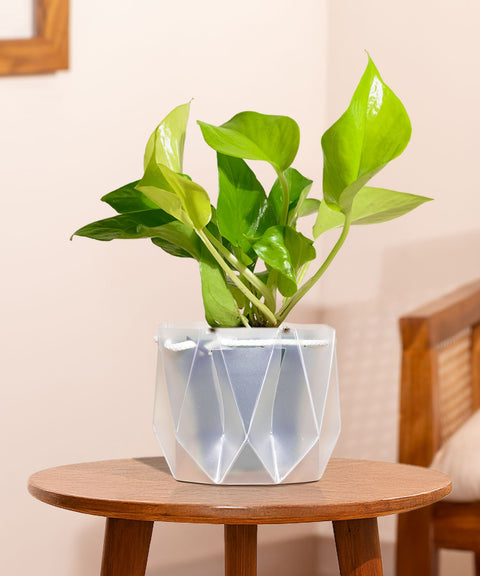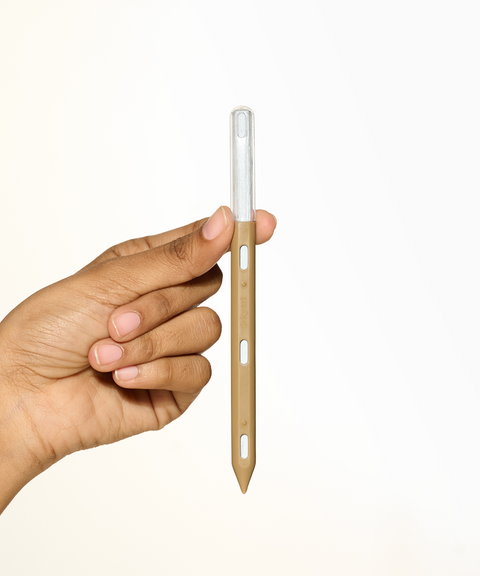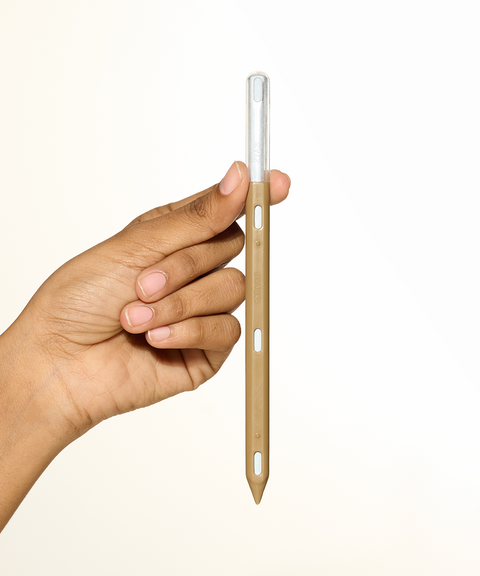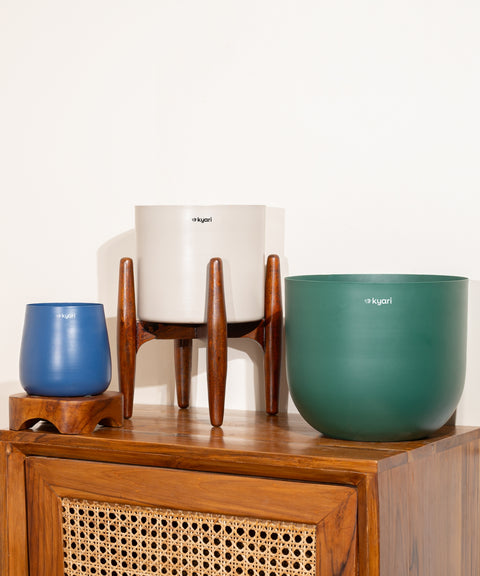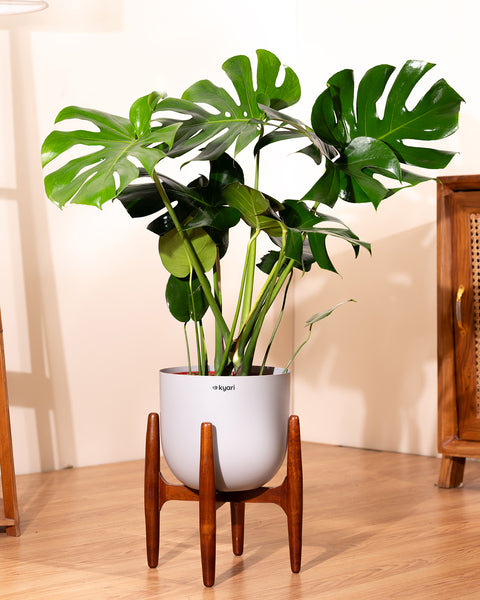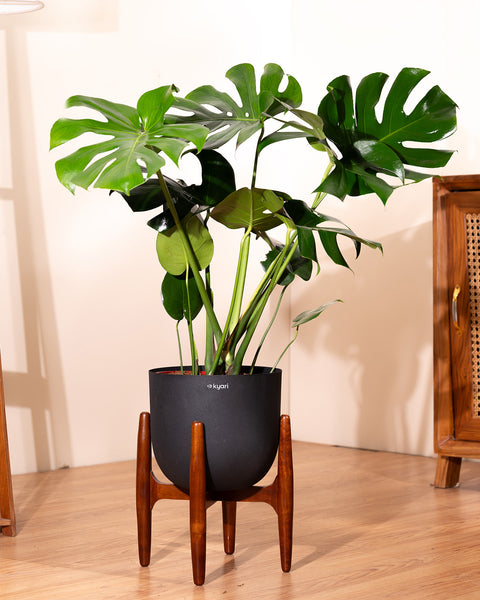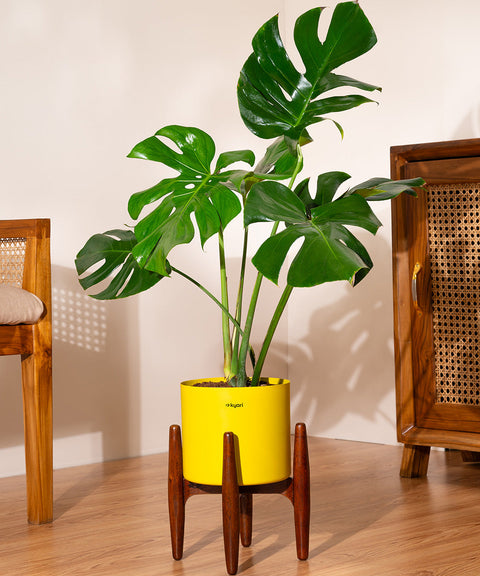About
Tulsi plant
Tulsi, also known as Holy Basil, is revered for its medicinal properties and spiritual significance. It’s a sacred plant in Hindu culture, often grown for its aromatic leaves and holistic benefits.
Origin
Native to the Indian subcontinent.
Light
Prefers full sun but can tolerate partial shade. Ensure it receives at least 4-6 hours of direct sunlight daily. Tulsi thrives in sunny conditions and can struggle in low light environments.

Water
Water regularly, keeping the soil consistently moist but not waterlogged. Allow the top inch of soil to dry out between waterings. During the hot summer months, more frequent watering may be necessary.
Humidity
Thrives in high humidity but can adapt to average household levels. In drier climates, occasional misting can help maintain the plant’s health.
In ancient India, Tulsi was so revered that it had its own festival! Celebrated as a goddess in Hindu tradition, Tulsi plants were believed to protect homes from evil spirits. So, having a Tulsi plant in your home is like having a divine bodyguard with a refreshing minty fragrance!
Placement
Tulsi is known for its purifying and protective properties. Here’s where to place it
Enhances the ambiance with its aromatic presence. Place it in a sunny window to maximize its light exposure.
Provides fresh leaves for culinary and medicinal uses. Having Tulsi in the kitchen is practical for daily use in teas and dishes.
Welcomes positive energy and repels negative influences. It is often placed at the entrance to purify the air entering the home.
Frequently Asked Questions
The ideal temperature for Tulsi is between 70°F to 95°F (21°C to 35°C). Tulsi can tolerate warmer temperatures but may struggle in cold environments
Water your Tulsi regularly
Tulsi plants prefer full sun but can tolerate partial shade. Aim for at least 4-6 hours of direct sunlight each day.
Place your Tulsi in a sunny area such as a windowsill or garden. Ensure it receives ample sunlight to thrive.
Pinch off flowers to encourage leaf growth and ensure the plant remains bushy. Regular pruning helps maintain its shape and vigor.
Wilting leaves can be caused by underwatering or overwatering. Adjust watering schedule to ensure soil is moist but not soggy.
Yellowing leaves indicate nutrient deficiency or poor drainage. Improve soil drainage and provide balanced fertilizer.
Keep the plant clean by inspecting regularly for pests and use organic insecticidal soap if necessary. Aphids and whiteflies can sometimes be a problem
Pale leaves can indicate insufficient sunlight. Move the plant to a sunnier location
Brown leaves can indicate low humidity or sunburn. Increase humidity and provide filtered sunlight during peak hours.








 Limited Time Deal
Limited Time Deal
 BYOB - Small Plants
BYOB - Small Plants





























